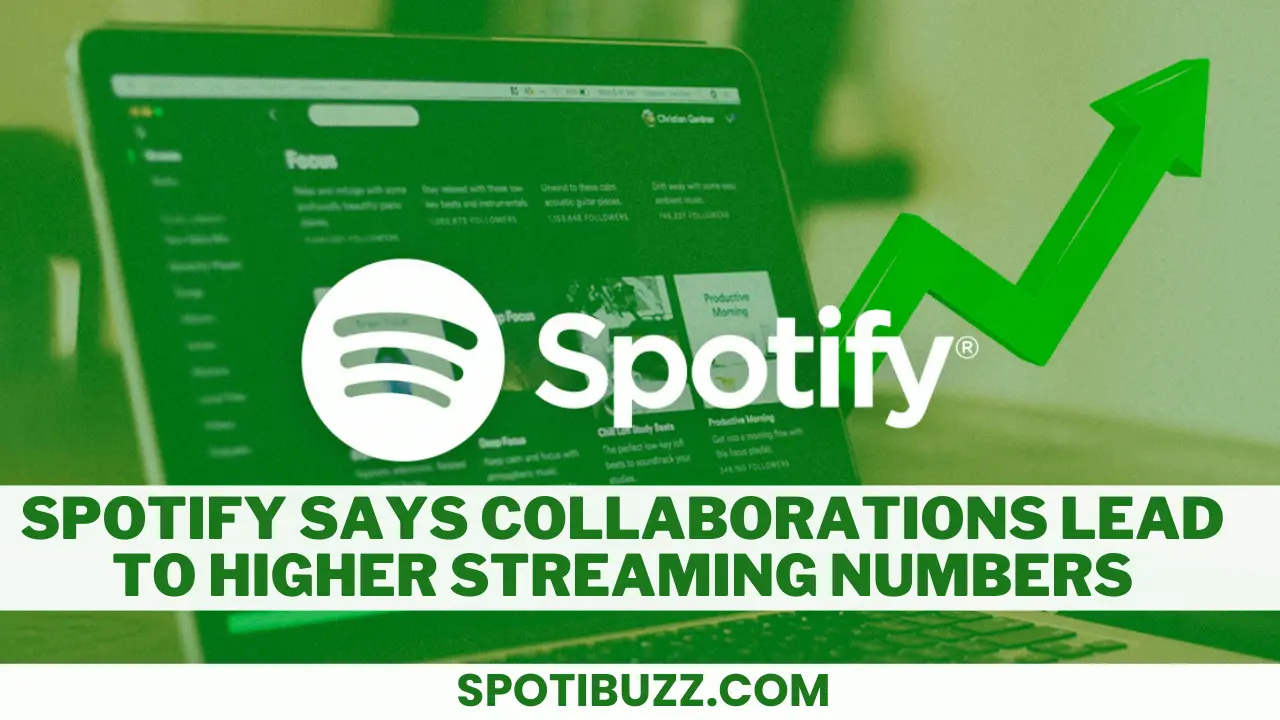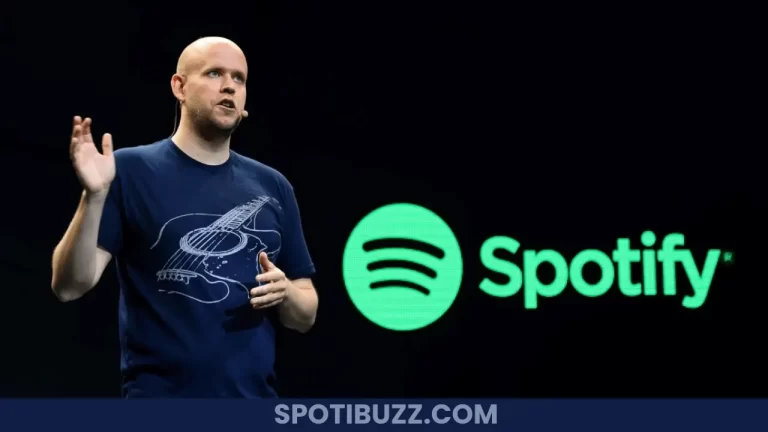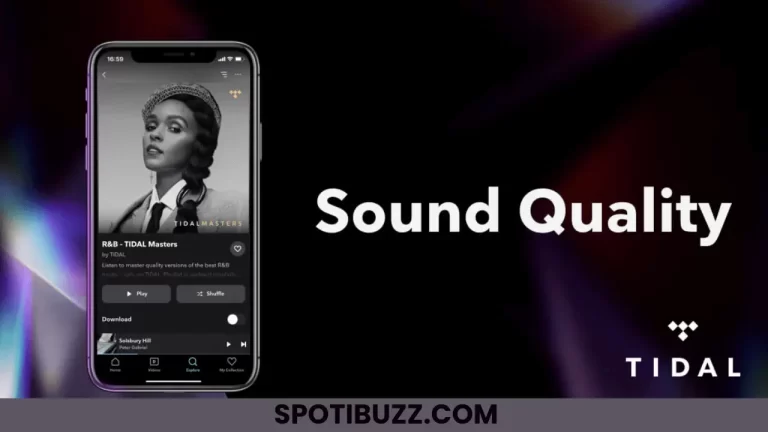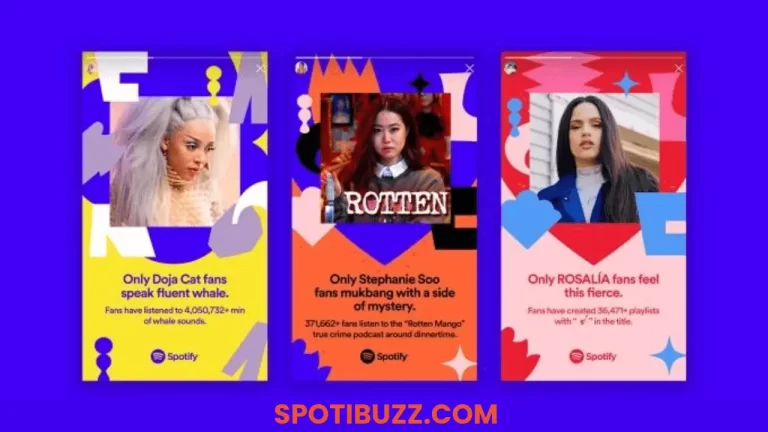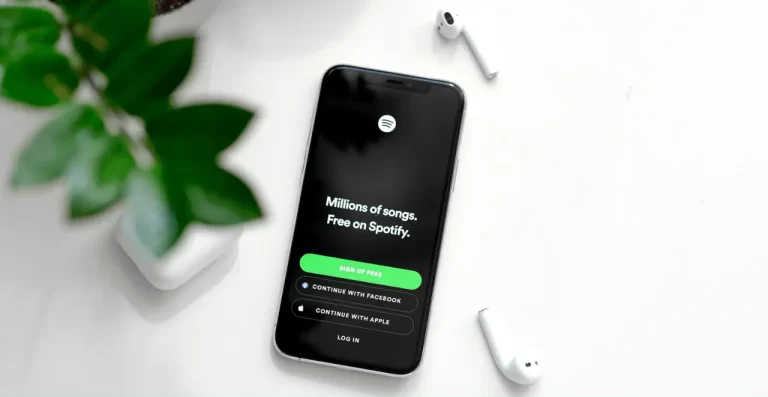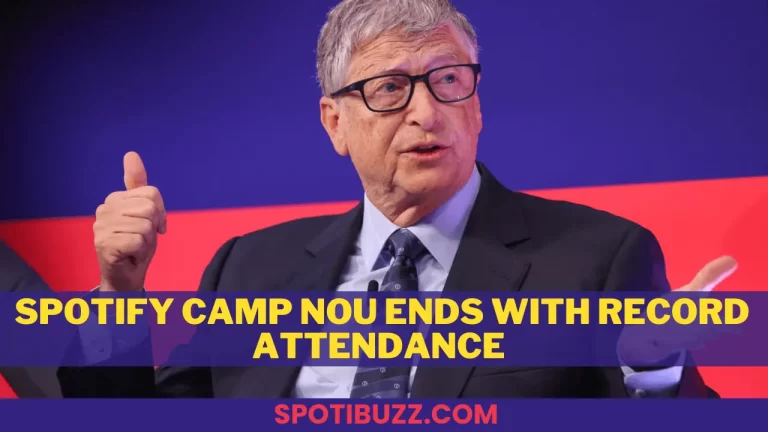Spotify Says Collaborations Lead to Higher Streaming Numbers
Spotify, the world’s leading audio streaming platform, has revealed new research that shows how artist collaborations can boost their streaming numbers and expand their audience reach. The company calls this phenomenon “The Crossover Effect.”
[su_highlight]According to a report by Spotify, the company analyzed more than 40 of the biggest crossover collaborations from the last 12 years and found that six months after the collab was released, 75% of artists involved saw an increase of at least 10% in overall Spotify streams across their catalogs compared to the six months prior.[/su_highlight]
More than 50% of those artists saw their streaming numbers rise at least 50%, while 30% saw an increase of 100% in their streaming numbers six months after their collab was released.
Spotify defines crossover collaborations as involving artists from different genres, regions, or career stages. The company says that these collaborations offer new avenues for creative exploration and bring together each artist’s distinct fan bases, providing an opportunity for everyone involved to reach new listeners and markets.
“We see a lot more of these collaborations, and I think each artist’s core audience seems more open to these moments than in the past,” said John Stein, Spotify’s North America Head of Editorial.
Some examples of successful crossover collaborations on Spotify include Lil Nas X and Billy Ray Cyrus on “Old Town Road – Remix,” which saw a nearly 390,000% increase in shared listeners between the two artists; Luis Fonsi and Daddy Yankee on “Despacito,” which became a global phenomenon with the help of Justin Bieber on the remix, resulting in a more than 2,600% increase in streams for Luis Fonsi; and SZA and Phoebe Bridgers on “Ghost in the Machine,” which brought together fans of R&B and indie rock.
Spotify says that these collaborations also benefit from cross-promotion on its platform, as they are featured on various playlists and editorial channels that cater to different genres and audiences. The company also encourages artists to collaborate through its tools and initiatives, such as Spotify for Artists, Spotify Singles, RADAR, and Secret Genius.
Spotify’s research on The Crossover Effect comes when the company invests heavily in podcasting and expands its offerings with new formats and features, such as video podcasts, live audio rooms, and paid subscriptions. The company believes that podcasting is the future of audio and wants to be the leader in this space.
However, as reported by Bloomberg, some of its podcast teams need more clarity over their budgets and layoffs.
Podcast teams at Parcast and Gimlet Media, two of Spotify’s biggest acquisitions, have yet to be able to greenlight new shows or approve travel allowances for existing productions, as they are still waiting for their budgets for the year. This has caused frustration and confusion among podcasters and producers, who need clarification on Spotify’s strategy and vision for their studios.
Spotify has not commented on the budget delays or the layoff rumors. The company has been expanding its podcast portfolio with new shows and deals, such as a partnership with Facebook to integrate podcasts into its social network.

